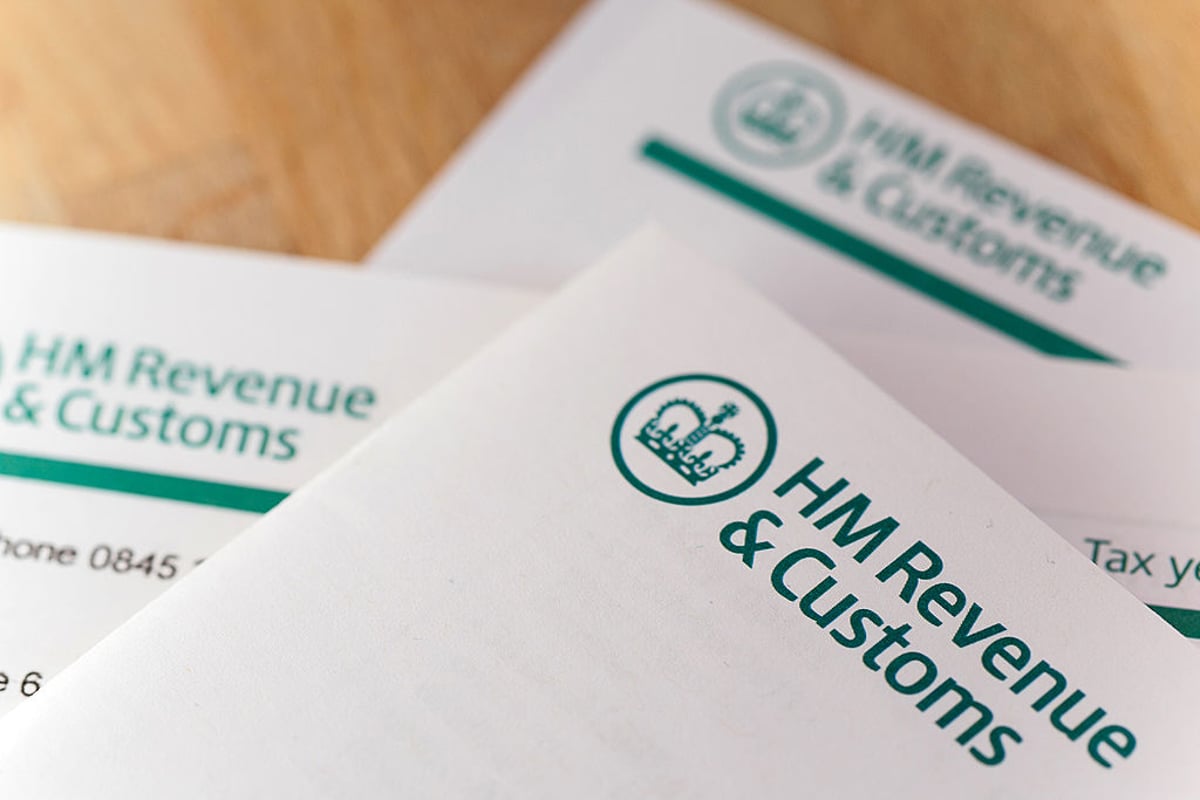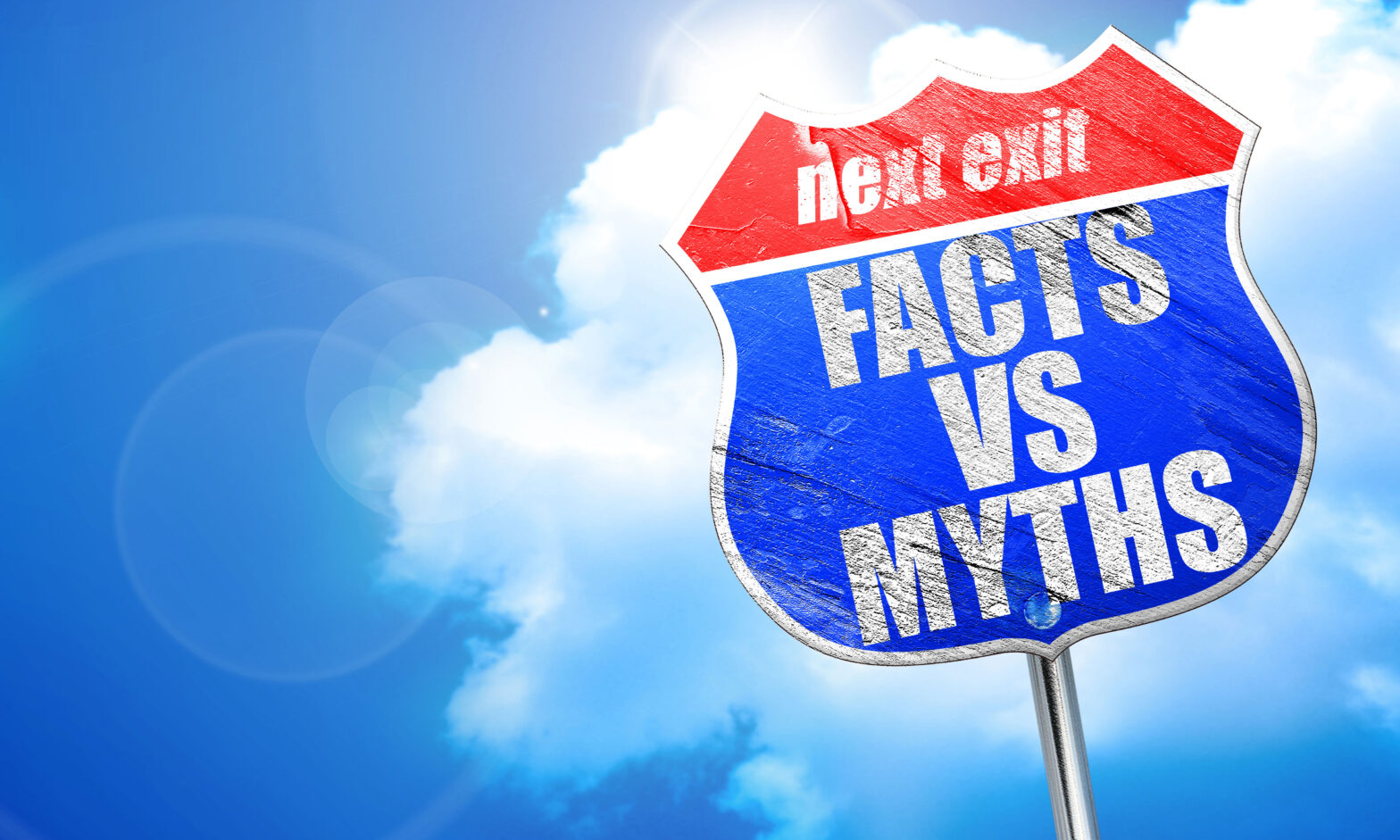Originally set to come into effect in April 2024, the Making Tax Digital (MTD) for Income Tax Self-Assessment (ITSA) mandate is considered one of the biggest changes to UK tax system legislation this side of the millennium.
This overhaul of how our country processes its taxes was first announced in 2015 as a means of improving efficiency and reducing instances of tax fraud. However, HMRC recently announced that the mandate will be postponed for the third time until 2026.
Understanding MTD and the changes to self-assessment taxes is extremely important, especially for small businesses. So, if you’re still in the dark when it comes to the new rules, here’s the lowdown.
What is Making Tax Digital for Income Tax Self-Assessment?
Making Tax Digital is part of the UK government’s overall plan to fully digitise the tax system (MTD for VAT has already been launched). Currently, small businesses and self-employed workers are required to file their taxes to HMRC annually and can keep the records of their books in any format they see fit (digital or on paper).
Under the new mandate, those filing their ITSA will be required to keep a digital record of their earnings and provide quarterly updates.
However, not all small businesses will be required to do this right off the bat. In the first year of its implementation, only business owners and self-employed workers earning more than £50,000 per year will be mandated to join. Then, the following year, those earning more than £30,000 will be required to join.
> See Also: Making Tax Digital: What’s Changing
When has it been postponed until?
The launch date of MTD for ITSA has been moved from April 6 2024 to April 6 2026, allowing small business owners to prepare for the change.
In a statement, HMRC announced, “The mandation of MTD for ITSA will now be introduced from April 2026, with businesses, self-employed individuals, and landlords with income over £50,000 mandated to join first.”
Why has MTD for ITSA been postponed?
The key reason for postponing MTD for small businesses is to relieve some of the pressure business owners are facing due to the current economic crisis. While there are many benefits of digitalising income tax self-assessment, the move will feel like a big change for many self-employed individuals and business owners.
In an official statement, the Financial Secretary to the Treasury, Victoria Atkins, said, “It is right to take the time to work together to maximise the benefits of Making Tax Digital for small businesses by implementing the change gradually. It is important to ensure this works for everyone: taxpayers, tax agents, software developers, as well as HMRC.”
>See Also: Self-employed Making Tax Digital faces delay until 2026
Are there any other changes?
When initially announced, MTD would require all taxpayers earning over £10,000 annually to begin filing all their books digitally as of 2024. However, in line with the intention to minimise strain on self-employed taxpayers, small businesses and landlords, HMRC changed the financial threshold along with the postponement. As a result, only those earning above £50,000 will be required to join MTD in 2026. Following that, those earning £30,000 will join MTD in 2027, and a review of the new digitised system will be taken to assess how MTD can benefit those earning less than £30,000.
The penalty system for late payments has also changed. The new system is designed to be fairer and less severe than previous HMRC penalisation policies.
The new late payment penalty system is points-based. For each late payment, one point is applied. And, for those issuing ITSA quarterly, four points need to be acquired before a penalty is given. This penalty will be a fine of £200.
When should I start thinking about MTD for ITSA?
Despite the postponement of MTD, it’s still advisable to start thinking about the changes you might need to make now. That way, when the deadline rolls around, you won’t be rushing to understand a new system.
Also, with all the benefits of digitalising your income and finances, such as improved profitability, task efficiency, client value, more informed decision making and mistake reduction, getting your head around the new way of doing things could start benefitting your business now.
But, if you’re unsure how to prepare your business for MTD, speak with a tax professional.
Alternatively, you can find advice and tips in Sage’s Making Tax Digital hub.
This article was written as part of a paid-for content campaign with Sage.
More on Making Tax Digital
Making Tax Digital: The closure of VAT online accounts
Basis Period Reform and Making Tax Digital: Everything you need to know




